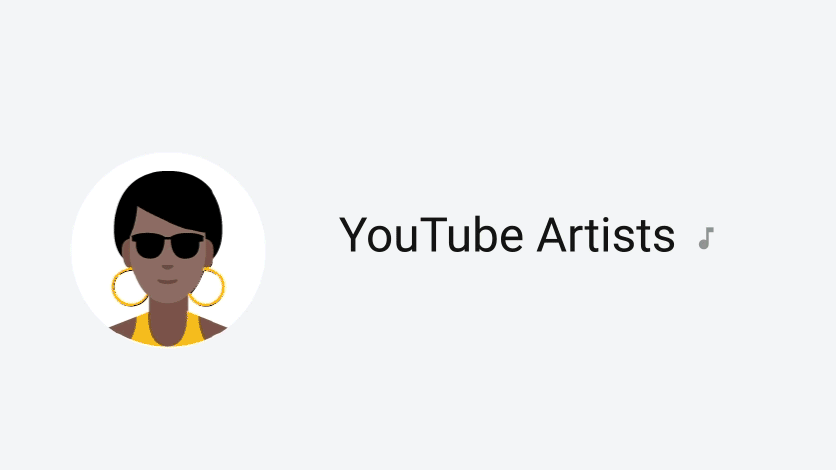Youtube The verification program is receiving a massive overhaul, the company announced today, which will likely result in several less prominent creators losing their verification status. Previously, YouTube allowed any channel that reached 100,000 subscribers to request verification. That limit is being lifted, with a change to the verification schedule rolling out in late October. Going forward, YouTube will focus its efforts on verifying channels that have a greater need to prove their authenticity, such as those belonging to a brand, public figure, artist, or other creator that could be subject to spoofing, for example.
YouTube says the previous verification system was established when the site was smaller, but its ecosystem has grown and “has become more complex.”
Rather than looking at multiple subscribers, a metric bots can play, the new system will have more murky requirements. YouTube says it’s about “prominence”, which it defines in a number of ways.
To begin with, YouTube will determine whether the channel represents a “well-known or highly sought creator, artist, public figure, or company.” It will also consider if the channel is widely recognized outside of YouTube and has a strong online presence, or if it is a channel that has a very similar name to many other channels.
We understand that YouTube will use a combination of human healing and algorithmic signals to make these determinations. However, when asked, the company declined to discuss the details.
There were several reasons YouTube wanted to change its system, beyond raising the threshold for verification.
The company had encountered a similar problem that Twitter once faced: People mistook the verification badge as an endorsement. On Twitter, that problem reached a tipping point when it was discovered that Twitter had verified the organizer of the Charlottesville rally. Twitter stopped verifying accounts shortly after. Your system today is still fixed, but the project has taken a back seat.
Similarly, YouTube research found that more than 30% of users misunderstood the meaning of the verification badge, believing that the check mark indicated “content approval”, not “identity.”
This is problematic for YouTube for a number of reasons, but primarily because the company wants to distance itself from content on its platform – content that is often racist, vile, fake, dangerous, conspiracy-ridden, and extremist. YouTube wants to be an open site, with all the problems that come with it, but it doesn’t want to be held responsible for the terrible things posted there, like the 14-year-old girl who rose to fame online by posting racist and anti-Muslim messages, anti-LGBTQ videos, or the high-profile star who made repeated racist comments, then is honored by YouTube with special creator rewards.
There were other problems with the old system as well.
Some creators would falsify your verification status, for example. Before the changes, a verified channel would show a check mark next to their channel name. This could easily be spoofed by simply adding a check mark to the end of a channel name.
Also, the checkmark itself only really worked when people viewed the channel’s main view page on desktop or mobile devices. It didn’t translate as well to live chat interactions, community posts, or stories.

By revamping the verification system, YouTube clarifies that verification is not an endorsement, it is a neutral statement of fact. It’s also less difficult to fake and works everywhere the creator interacts with fans.
The updated verification system removes the check mark in favor of a gray slip in the channel name (see above).
This applies to both channels and artists. With regard to the latter, it will replace the musical note.
The system will be implemented at the end of October and the new criteria will be applied to all channels.
Those who meet the new requirements will not need to apply, they will automatically receive the new verified treatment. Others who did not qualify for reverification will be notified today and will have the option to appeal the decision before the changes are made.
Information on the appeal process will be available in the YouTube Help Center.
